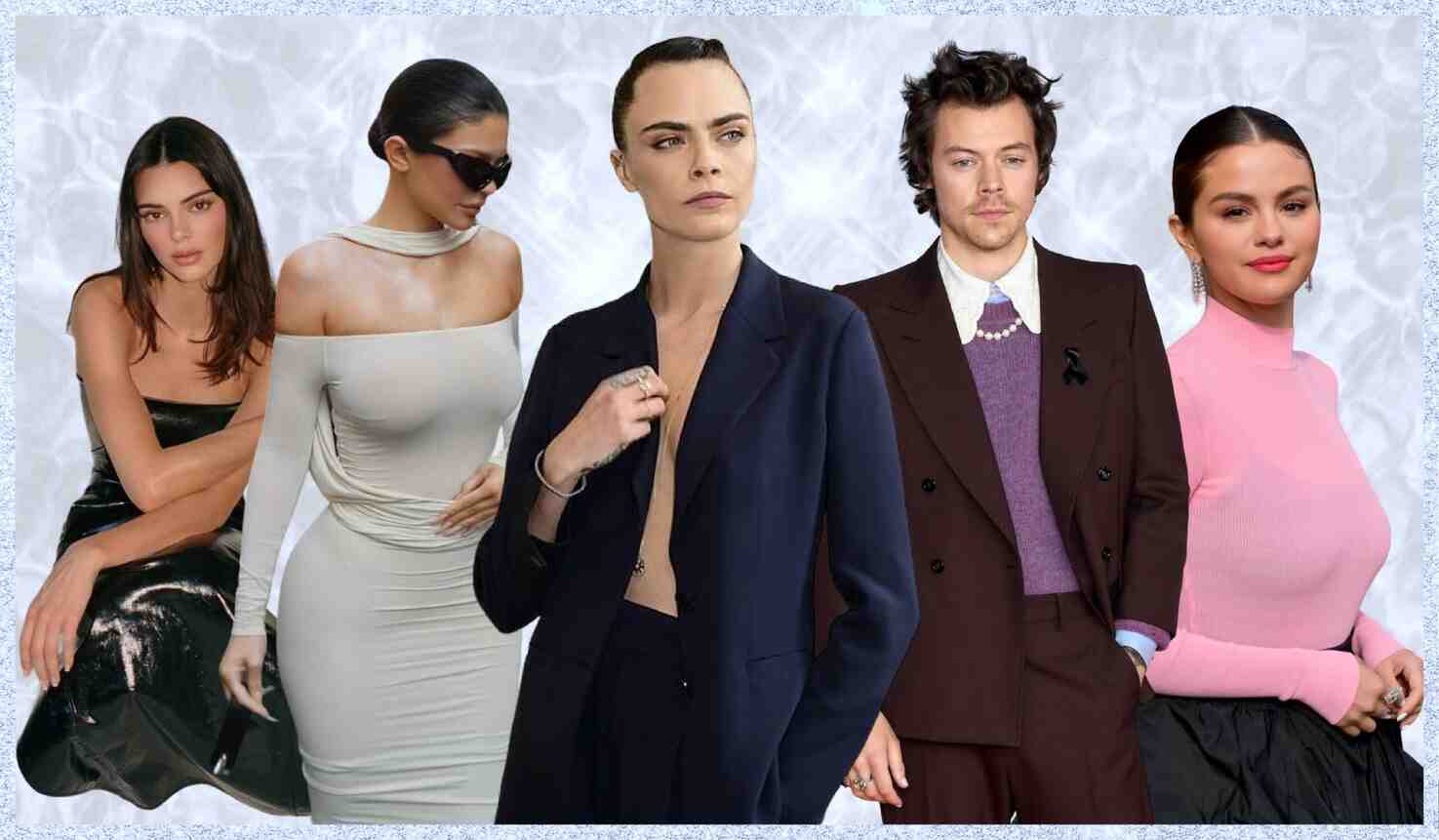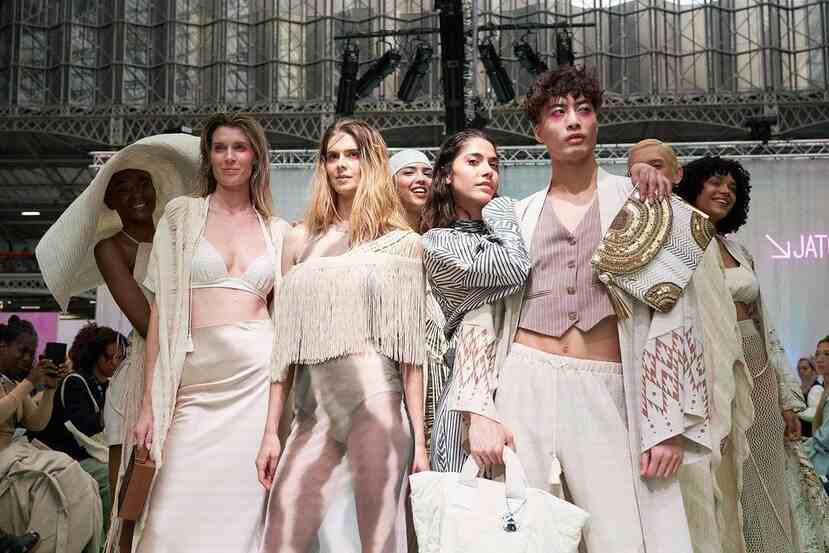In the ever-evolving world of fashion, traditional advertising and marketing strategies are becoming less effective. With consumers constantly bombarded by ads across all media, their attention span has shortened, and their ability to trust big names and mass-market campaigns has waned. This shift has given rise to an entirely new class of fashion marketers: micro-influencers.
Micro-influencers, typically individuals with a smaller following (ranging from 1,000 to 100,000 followers), have emerged as game-changers in the realm of fashion promotion. With a strong sense of authenticity, an engaged community, and a keen ability to connect with niche audiences, micro-influencers are rapidly becoming the future of fashion marketing. In this article, we will explore why micro-influencers are so vital to the fashion industry and how they can help brands elevate their marketing strategies.
Leveraging micro-influencers effectively requires more than intuition—it demands real insight. Platforms like Lookberry can help brands pinpoint the right creators and refine their messaging to better resonate with today's consumers.
The Evolution of Fashion Marketing
The traditional method of promoting fashion brands through celebrity endorsements and magazine ads has long been the gold standard in the industry. However, in recent years, the influence of high-profile celebrities and macro-influencers (those with millions of followers) has been waning. Consumers are now seeking more personal, relatable, and authentic connections with brands.
As a result, the focus of fashion marketing has shifted towards micro-influencers, who have found a way to bridge the gap between large-scale advertising and personal connection. These influencers are no longer just a trend they are the future of fashion promotion.
Defining Micro-Influencers and Their Role in Fashion
What Are Micro-Influencers?
Micro-influencers are individuals with a more modest but highly engaged following. Typically, they have between 1,000 and 100,000 followers, and their influence is driven more by trust and relationship-building with their community rather than sheer numbers. These influencers can range from lifestyle bloggers to fashion enthusiasts, and their content often revolves around specific niches, such as sustainable fashion, street style, or high-end luxury.
Why Micro-Influencers?
The appeal of micro-influencers in the fashion world lies in their authenticity and trustworthiness. They may not have the massive reach of a global celebrity, but what they lack in size, they more than make up for in the quality of their engagement with their audience. Their followers trust them to provide honest opinions, recommendations, and insights into the products they promote. This authenticity is key in the fashion industry, where consumers are increasingly looking for brands that reflect their personal values and interests.
The Power of Niche Communities
Micro-influencers often cater to specific niches, whether it’s eco-friendly fashion, high-fashion streetwear, or sustainable brands. These niches allow fashion brands to engage with a more targeted, passionate audience. The smaller, more dedicated following results in greater loyalty, and, in turn, greater conversions for the brands they endorse.
Trust and Authenticity: Why Micro-Influencers Are More Relatable
Building Trust with Audiences
One of the key benefits of working with micro-influencers is their ability to build trust. Unlike large-scale celebrities, who may promote numerous brands in one campaign, micro-influencers are known for their authentic engagement. They share their personal experiences with products and only collaborate with brands they truly believe in. This authenticity fosters trust with their audience, and that trust is critical when it comes to fashion promotion.
Authenticity in Content
Micro-influencers are known for their unpolished, "real" content. While macro-influencers may post highly curated and professionally shot images, micro-influencers tend to have a more casual approach. This relatability makes their content feel more genuine and less like an advertisement. Their audience appreciates this authenticity, which translates into higher levels of engagement and a more positive perception of the brands they endorse.
Audience Engagement
Engagement is another critical factor when considering micro-influencers for fashion promotion. Micro-influencers tend to interact more with their followers than larger influencers do. They reply to comments, engage in direct messages, and often create content based on feedback from their community. This interaction builds a sense of community around their brand and creates a deeper connection between the influencer, their followers, and the fashion brands they promote.

Cost-Effectiveness and ROI for Fashion Brands
Affordable Collaboration
Compared to celebrity endorsements or large-scale influencer campaigns, micro-influencers are often more cost-effective for fashion brands. Celebrity endorsements can run into the millions, but micro-influencers charge far more reasonable fees, making it accessible for small to medium-sized fashion brands with limited marketing budgets. Additionally, brands can collaborate with several micro-influencers in different niches, increasing the reach of their campaign without breaking the bank.
Better ROI
Working with micro-influencers offers better return on investment (ROI) for fashion brands. While the reach may be smaller, the engagement and conversion rates tend to be much higher than those associated with macro-influencers. Because micro-influencers are more trusted, their followers are more likely to act on their recommendations. The ROI of working with multiple micro-influencers far exceeds the costs when compared to traditional celebrity-driven campaigns.
More Targeted Campaigns
The beauty of micro-influencers lies in their ability to target highly specific audiences. For example, a sustainable fashion brand can partner with micro-influencers in the eco-conscious community to promote its products. This level of targeting ensures that the brand reaches people who are genuinely interested in its message, which leads to more effective campaigns.
Reaching a Highly Engaged, Diverse Audience
Targeting Niche Audiences
Micro-influencers excel at engaging with niche communities. Whether it’s fans of a particular fashion subculture or individuals passionate about ethical fashion, micro-influencers can help brands reach specific groups that would otherwise be difficult to connect with. This focused approach allows fashion brands to build a loyal following that is more likely to convert into customers.
Global Reach with Local Impact
Despite their smaller following, micro-influencers can still have a global impact. Because they often cater to specific niches, their reach can span across borders, connecting brands with like-minded individuals worldwide. At the same time, micro-influencers have a more local or regional presence, which allows them to connect with their communities in a more personal and meaningful way.
Engaged Followers
Micro-influencers tend to have more loyal and engaged followers than larger influencers. Their followers trust their recommendations and appreciate their genuine content. As a result, fashion brands can achieve higher engagement rates, from likes and comments to purchases and brand loyalty.
The Future of Fashion Promotion: Data-Driven Strategies and Long-Term Relationships
Data-Driven Insights
In today’s marketing landscape, data is everything. Fashion brands are increasingly using data-driven strategies to measure the effectiveness of their campaigns. Micro-influencers provide brands with invaluable insights into their audiences, including demographics, engagement rates, and preferences. This data helps fashion brands refine their marketing strategies and make smarter, more informed decisions.
Building Long-Term Relationships
Rather than focusing on one-off collaborations, fashion brands are now looking to build long-term relationships with micro-influencers. These ongoing partnerships help create deeper brand loyalty, and they allow influencers to become true brand ambassadors. This approach leads to more authentic, sustained promotion that can benefit both the brand and the influencer over time.
The Shift to Authenticity Over Glamour
The future of fashion promotion is moving away from the high-gloss, aspirational marketing campaigns of the past. Consumers now value authenticity, transparency, and real-life connections. Micro-influencers are at the forefront of this shift, creating genuine, relatable content that resonates with their audience. Brands that embrace this shift will be well-positioned for success in the evolving fashion landscape.
Conclusion: Micro-Influencers Are the Future of Fashion Promotion
As the fashion industry continues to evolve, micro-influencers are leading the way with authentic, engaged, and targeted marketing. By focusing on quality over quantity, fashion brands can build meaningful relationships with consumers, drive sales, and increase brand loyalty. The future of fashion promotion lies in working with micro-influencers who genuinely connect with their followers.d



















